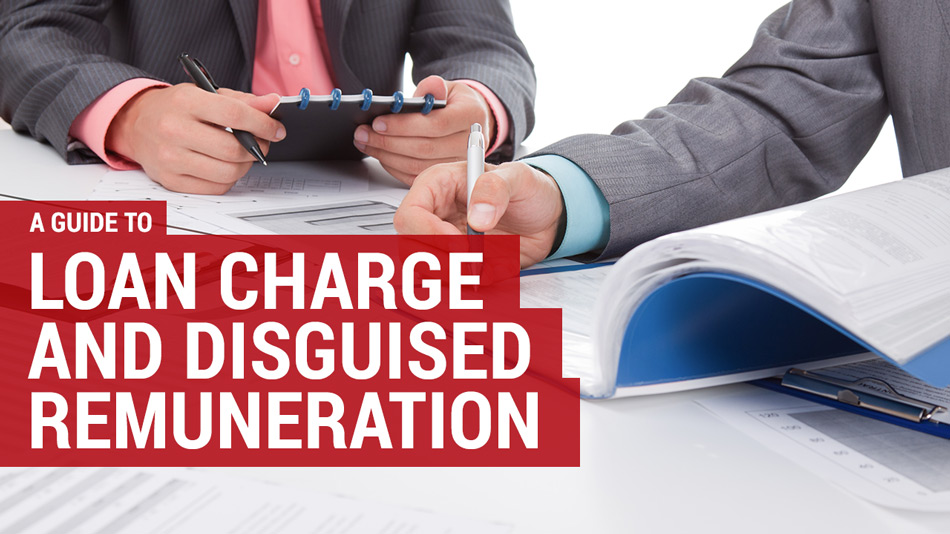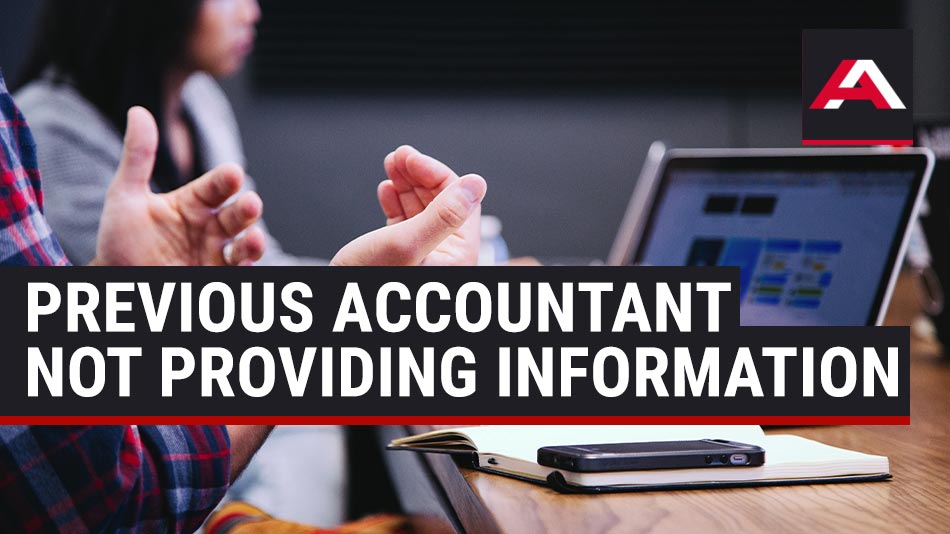
New loan charge and disguised remuneration guidance – issued December 2019
In December 2019, the Government announced it will make changes to the way it will deal with ‘disguised remuneration’ via the ‘loan charge’ rules which have been for some time in the pipeline (and were initially introduced in April 2019).
The loan charge rules were aimed at individuals who used certain tax avoidance schemes typically involved offshore companies collecting fees for delivery of the individual’s services, and loaning the funds back to the individual. These schemes were sold to people as a way to earn money tax-free.
By far the largest group of taxpayers affected by the loan charge rules are contractors.
The change in approach from the Government was in response to an independent review which was commissioned because of widespread criticism of the loan charge rules on the basis that they were unfair on taxpayers in particular because of their retrospective nature.
What are the changes to loan charges and disguised remuneration?
- The biggest change to be announced is that only loans made on or after 9 December 2010 will now be relevant to the loan charge. Previously, all loans made after 6 April 1999 would have been caught.
- Secondly, if any loans made after 9 December 2010 were fully disclosed to HMRC on the tax return submitted at the time and HMRC did not open an enquiry, they do not now have a right to apply the loan charge.
- All loans made after 5 April 2016 will be affected by the loan charge.
- For any loans caught by the charge (up to 2018-2019), taxpayers will be allowed to spread the reporting of additional income over three tax years, 2018-2019, 2019-2020 and 2020-2021. This will help soften the blow of extra tax to pay as a result of the loan charge and reduce the chance of all or most of it being taxed at higher rate.
- Submission of 2018-2019 tax returns reporting loan charge liabilities can be postponed until 30 September 2020.
- Where a taxpayer has agreed a settlement with HMRC in respect of the loan charge, any additional tax that would not be due under the new implementation guidance will be refunded by HMRC.
- Time to pay arrangements for the additional tax are expected to remain available.
How does this affect me?
Working on the assumption that you know whether you received a loan that is relevant to the loan charge rules, there are various possible scenarios.
Firstly, determine when loans were made to you:
- If you received loans before 9 December 2010, these loans are no longer relevant to the loan charge, and so they can be ignored. If you have already settled with HMRC, you may need to reclaim any tax paid on them.
- Check whether any loans were disclosed to HMRC on your tax returns at the time. If so, again the loans may not now be caught by the loan charge.
- Have you already submitted your 2018-2019 tax return? If so, you may need to amend it if you wish to spread the effect of the loan charge over 3 years.
- Have you agreed a time to pay arrangement with HMRC? If so, this may need to be revised if the fundamentals of your exposure to the loan charge have changed.
- If you’ve so far done nothing, then it is important to now take some action. The starting point would be to determine how much loan you received and when, and then move on to how any amount caught by the loan charge will need to be reported, what your tax liability might be, and then how and when this will need to be paid.
We recommend that you talk to your adviser and carefully determine how the changes in guidance affect you, and what the best course of action will be in your particular circumstances.
If you would like Approved Accounting’s help in dealing with the loan charge, please contact us today.
Full details of the Government’s announcements can be found here.





